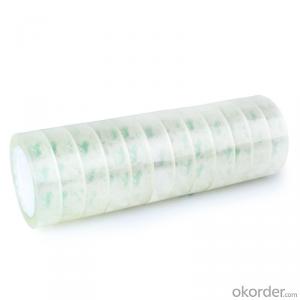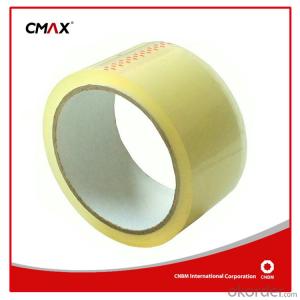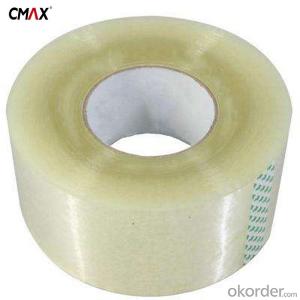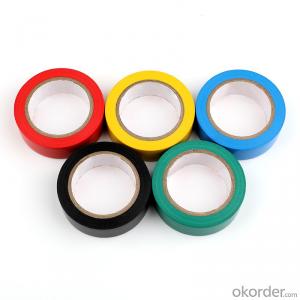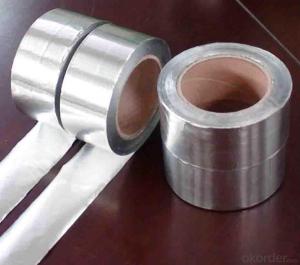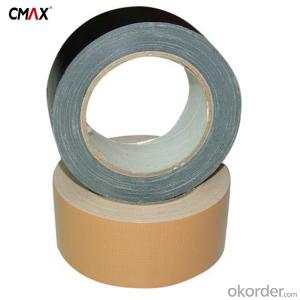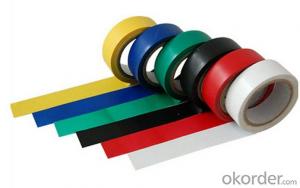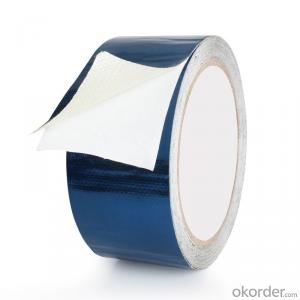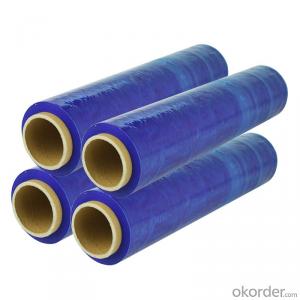Sure Grip Avanti Aluminum Plate
Sure Grip Avanti Aluminum Plate Related Searches
Led Light Bulbs For Ceiling Fixtures Led Lamps For Ceiling 42 In Ceiling Fan With Light Aluminum Coil Stock For Gutters Aluminum Foil For The Grill Hole Saw For Aluminum Plate Aluminum Tread Plate For Trailer Bow Plate For Aluminum Boat Aluminum Foil For Grow Room Aluminum Foil For Joint PainHot Searches
Stock Price For Aluminum Aluminum Coil Stock For Sale Aluminum Gutter Coil For Sale Used Aluminum Scaffolding For Sale 1/4 Aluminum Plate For Sale Aluminum Bar Stock For Sale Aluminum Round Stock For Sale Aluminum Diamond Plate For Sale Aluminum Scaffolding For Sale Craigslist 6061 Aluminum Plate For Sale Aluminum Dock Plate For Sale 7075 Aluminum Plate For Sale Aluminum Tread Plate For Sale Aluminum Checker Plate For Sale Aluminum Plate For Sale Near Me Plate Aluminum For Sale Aluminum Plate For Sale Aluminum Square Stock For Sale Aluminum Flat Stock For Sale Billet Aluminum Stock For SaleSure Grip Avanti Aluminum Plate Supplier & Manufacturer from China
Okorder.com is a professional Sure Grip Avanti Aluminum Plate supplier & manufacturer, offers integrated one-stop services including real-time quoting and online cargo tracking. We are funded by CNBM Group, a Fortune 500 enterprise and the largest Sure Grip Avanti Aluminum Plate firm in China.Hot Products
FAQ
- When working with plastic packaging materials and using packaging tape, it is essential to keep several important factors in mind. These factors include: 1. Adhesive Compatibility: Ensuring that the adhesive used in the packaging tape is compatible with the specific type of plastic material is crucial. Different plastics have different surface properties, and they may require different adhesive formulations to ensure proper bonding. For instance, low surface energy plastics like polyethylene may necessitate a tape with a specially designed adhesive for such surfaces. 2. Strength and Durability: Plastic packaging materials come in varying thicknesses and strengths. When choosing packaging tape, it is important to consider the strength and durability required for the specific plastic material being used. The tape should be strong enough to securely hold the packaging together without tearing or breaking, thus maintaining the package's integrity during handling and transportation. 3. Temperature Resistance: Plastic packaging materials can be sensitive to temperature changes. If the package is exposed to extreme temperatures, such as heat or cold, the packaging tape should be capable of withstanding these conditions without losing its adhesive properties. Certain plastic materials may also shrink or expand due to temperature changes, which can impact the tape's adhesion. Therefore, it is important to select a tape suitable for the expected temperature range. 4. Residue and Damage: Some packaging tapes may leave behind adhesive residue or cause damage when removed from plastic packaging materials. This can pose a problem if the packaging needs to be reused or if the plastic material is susceptible to damage. By choosing a packaging tape that is designed to be easily removable or leaves minimal residue, these concerns can be mitigated. 5. Regulatory Compliance: Depending on the industry or product being packaged, there may be specific regulations and standards that must be followed. It is important to ensure that the packaging tape used complies with any applicable regulations, such as food safety standards or environmental requirements. By taking these factors into consideration, one can select the appropriate packaging tape that will effectively adhere to plastic packaging materials while also providing the necessary strength, durability, temperature resistance, and compliance with regulations.
- The common price ranges for packaging tape can vary depending on factors such as brand, quality, and quantity. Generally, you can find basic packaging tape in the range of $2 to $10 per roll. However, higher quality and specialty tapes may cost between $10 to $20 per roll. Bulk packs or multipacks can offer better value with prices ranging from $10 to $50 or more.
- Indeed, plastic clamshell packaging can be effectively sealed using packaging tape. Tailored to securely seal a wide range of packaging materials, packaging tape boasts a robust adhesive bond that effectively binds the clamshell packaging, thereby preventing any unwanted opening during the transportation or handling stages. Moreover, the durability and tear resistance of packaging tape guarantee the continuous protection and sealing of the clamshell packaging throughout the entirety of its distribution journey.
- In order to avoid packaging tape from becoming brittle, there are several steps that can be taken: 1. Proper storage is key. Ensure that the packaging tape is stored in a cool and dry location, away from direct sunlight. Extreme temperature fluctuations can lead to tape brittleness, so it is important to maintain a consistent environment to prolong its lifespan. 2. Excessive tension should be avoided when applying the tape. It is best not to stretch the tape too tightly or apply excessive pressure, as this can strain the adhesive and cause it to lose flexibility, resulting in brittleness. 3. Selecting the appropriate tape is essential. Different types of packaging tapes have varying levels of durability. Depending on your specific needs, choose a tape that is specifically designed for heavy-duty or long-term use. These tapes often have stronger adhesives and materials that are less prone to becoming brittle. 4. Handle the tape with care during use. It is important to handle the tape gently to avoid unnecessary stress. Pulling or tugging forcefully on the tape can weaken its structure and lead to brittleness. 5. Replace old tape when necessary. If you notice that your packaging tape has started to become brittle or lose its adhesive strength, it is best to replace it with fresh tape. Using old and brittle tape may compromise the security of your packaging, increasing the risk of it breaking or coming undone during transit. By following these preventive measures, you can help maintain the flexibility and durability of your packaging tape, ensuring it remains reliable for your packaging needs.
- Which kind of adhesive tape is of good quality?
- Is the material new?. Does glue keep its color for a long time?. The thickness of the tape is not thicker, the better.
- Packaging tape is indeed suitable for sealing arts and crafts materials. Its versatility as an adhesive enables it to effortlessly attach and secure a wide range of materials such as paper, cardboard, fabric, and more. Whether you need to seal envelopes, wrap gifts, or engage in art projects, packaging tape guarantees a sturdy and durable bond, ensuring the secure sealing of your arts and crafts materials. Moreover, its transparent nature allows it to seamlessly blend with your project, making it an exceptional option for sealing arts and crafts materials.
- Different finishes and textures are available for packaging tape to cater to aesthetic preferences. While the main purpose of packaging tape is to securely seal boxes and packages, manufacturers understand the significance of aesthetics in packaging. Consequently, they have created packaging tapes with various finishes and textures to accommodate diverse preferences. Certain packaging tapes have a glossy finish, which gives the package a polished and professional appearance. These tapes typically have a smooth and shiny surface that reflects light, resulting in a visually appealing package. Glossy packaging tapes are commonly used in industries that require a high-end presentation, such as luxury goods or high-quality products. On the other hand, there are also packaging tapes with matte or satin finishes. These tapes provide a more subtle and refined look to the package, exuding sophistication. Matte or satin tapes are often preferred in industries that value a more understated aesthetic, such as cosmetics or boutique products. In addition to finishes, packaging tape can also have different textures. For instance, some tapes feature a textured or patterned surface, adding a tactile element to the packaging. These tapes may have embossed patterns like dots, stripes, or even company logos, enhancing the overall visual appeal and distinctiveness of the package. In conclusion, packaging tape is available in various finishes and textures to satisfy aesthetic needs. Whether it is a glossy, matte, satin, or textured surface, these options allow businesses to choose packaging tape that aligns with their branding and desired presentation. By utilizing different finishes and textures, packaging tape not only fulfills its primary function but also contributes to a more visually appealing and personalized packaging experience.
- Yes, packaging tape is generally resistant to UV rays. Most packaging tapes are made from materials like polypropylene or polyethylene, which have inherent resistance to UV radiation. This means that the tape can withstand exposure to sunlight and other sources of UV rays without deteriorating or losing its adhesive properties. However, it is important to note that prolonged exposure to UV rays can still cause some degradation over time. To ensure maximum longevity, it is recommended to store and use packaging tape in a cool, dry place away from direct sunlight whenever possible.



































